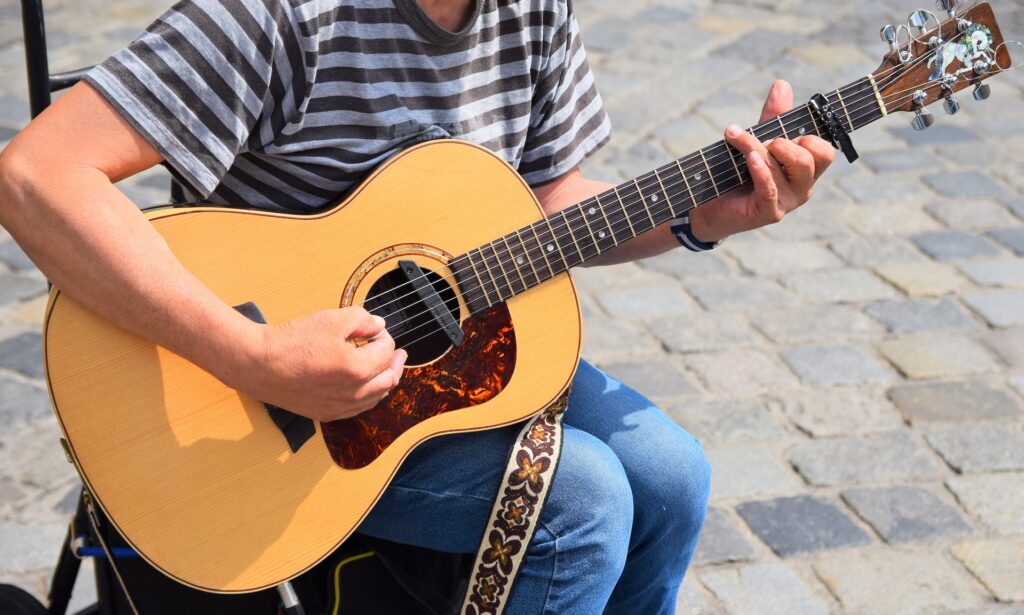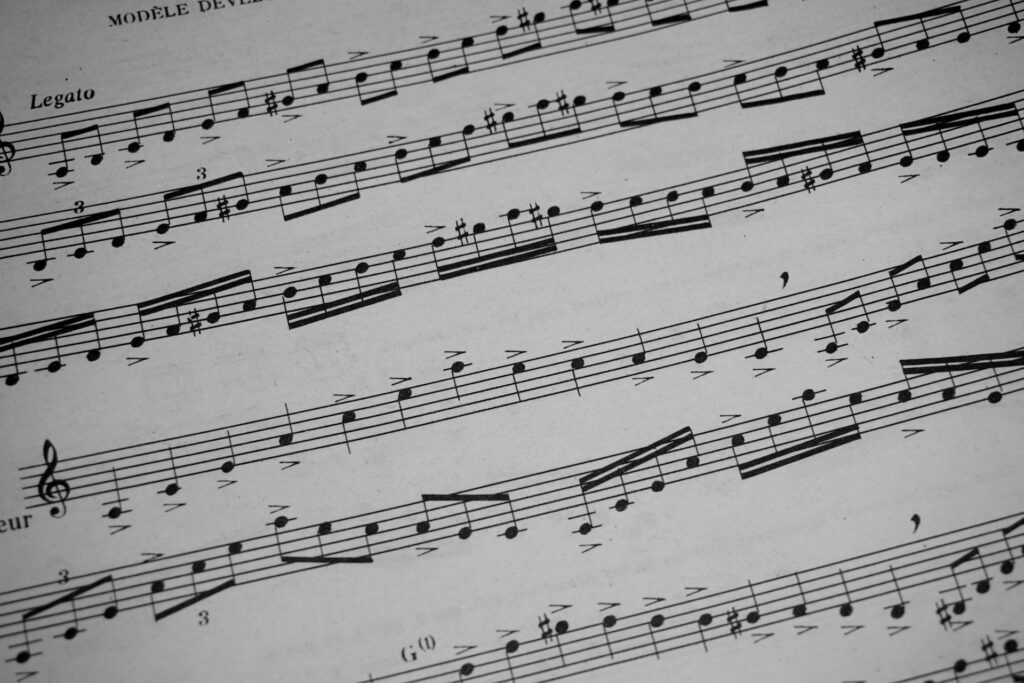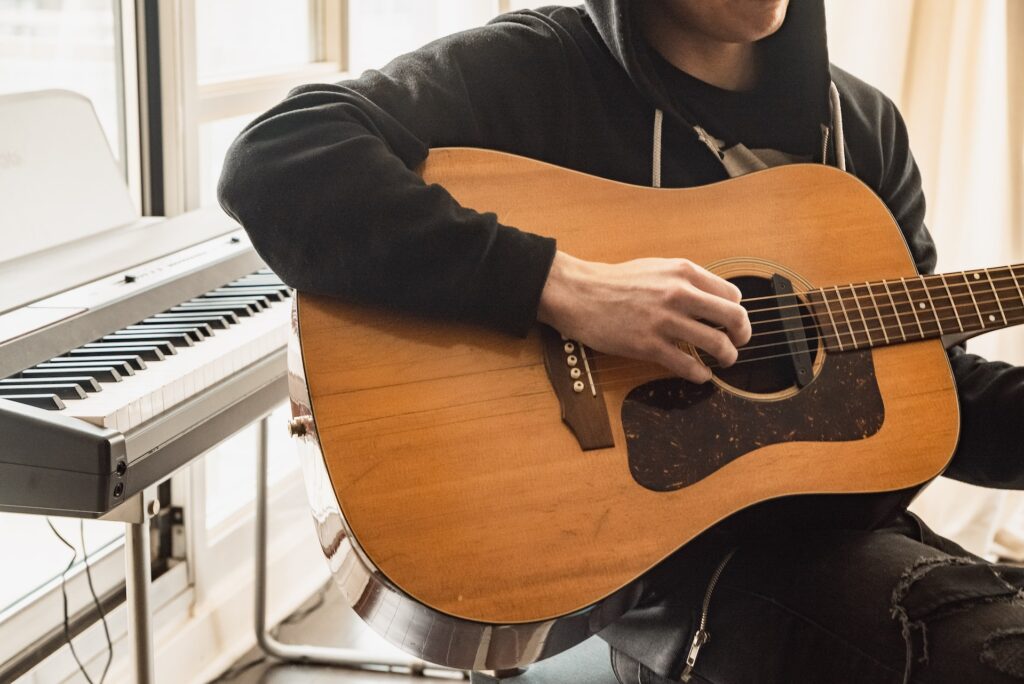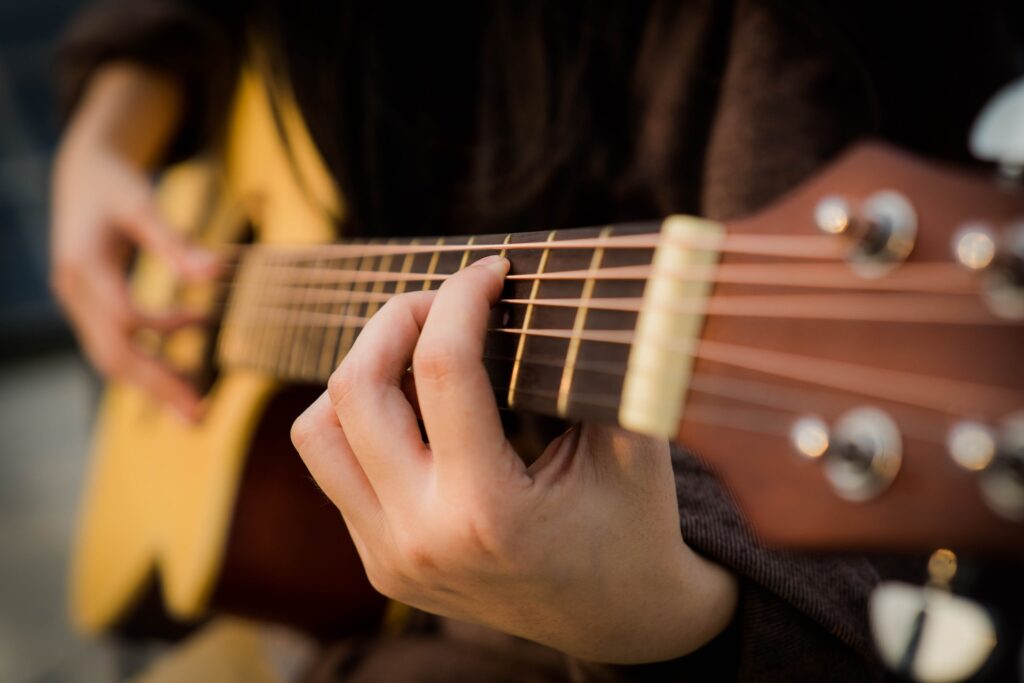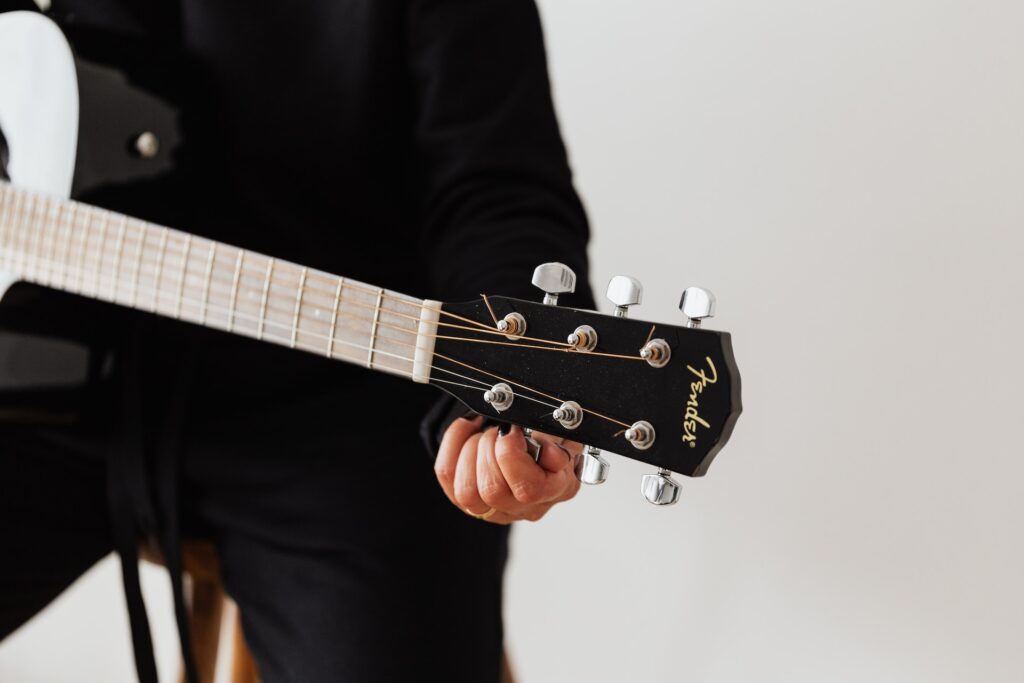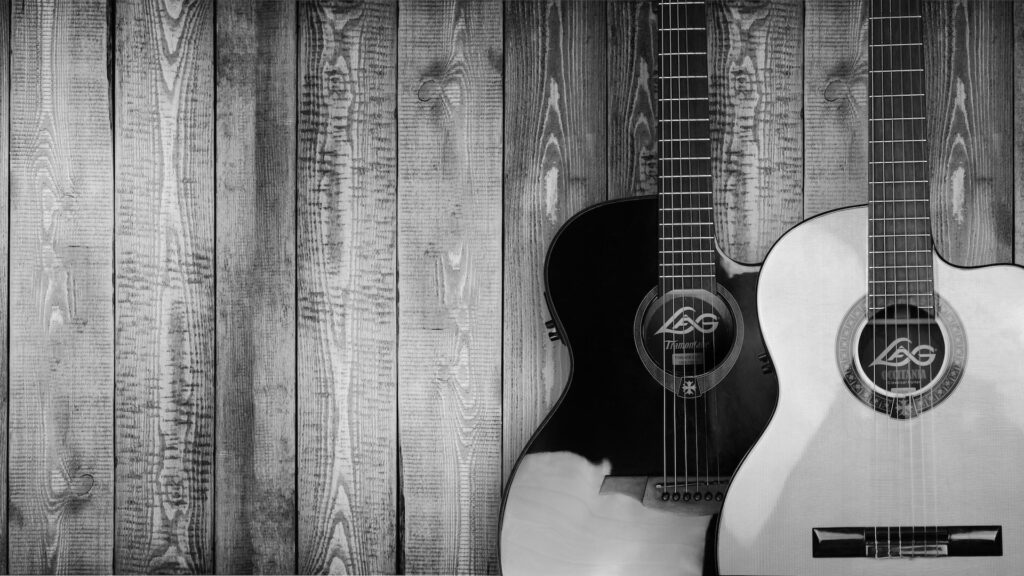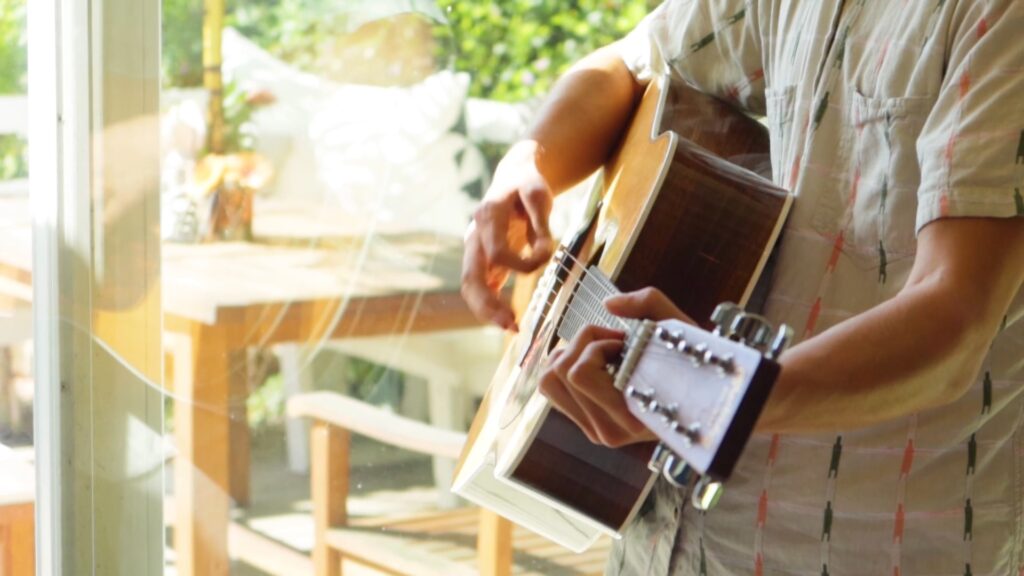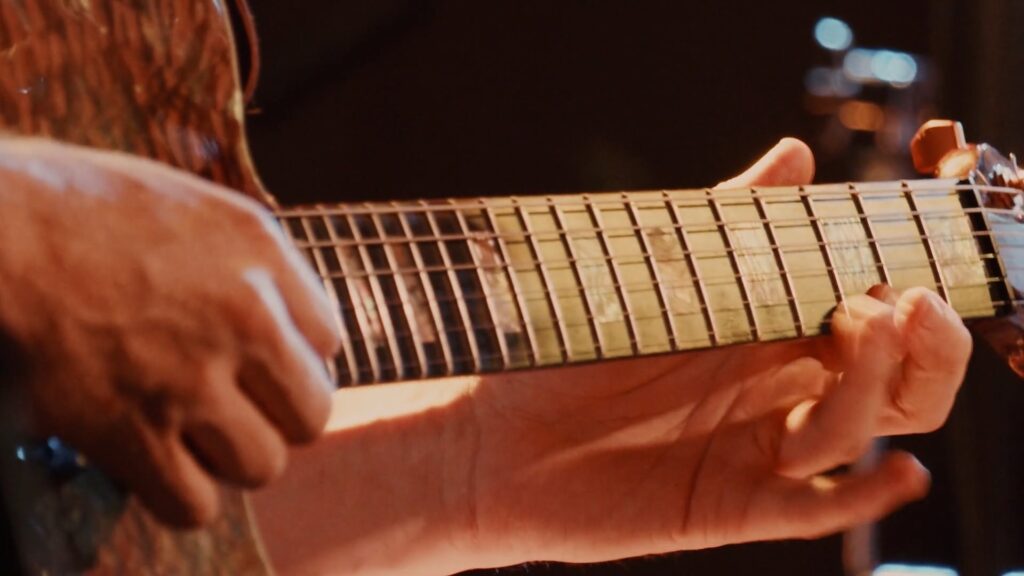Playing the guitar is an enjoyable experience, but it can be challenging for beginners who are not familiar with the various elements of music. Guitar tablature (often shortened to “guitar tabs”) is one such element that can make learning the guitar easier. In this ultimate guide, we will discuss everything you need to know about guitar tablature, including its basics, how to read it, and its advantages.
What is Guitar Tablature?
Guitar tablature is a system of notation that is commonly used by guitarists to read and play music. It is a form of shorthand that is easier to understand than traditional sheet music notation. The tablature consists of six horizontal lines, each representing a string of the guitar. The numbers written on each line indicate which fret to play on that particular string.
How to Read Guitar Tablature
Reading guitar tablature may seem intimidating at first, but it is easy to learn. Let’s take a closer look at the basic elements of guitar tablature:
- Strings: The six horizontal lines represent the strings of the guitar. The top line represents the thinnest string, while the bottom line represents the thickest string.
- Frets: The numbers written on each string indicate which fret to play. For example, if the number 3 is written on the second line, it means that you should press down on the second fret of the second string.
- Chords: Chords are indicated by multiple numbers written vertically on the tablature. For example, if you see the numbers 3, 5, and 5 written vertically on the third string, it means that you should play the third fret on the third string, and the fifth fret on both the fourth and fifth strings simultaneously.
- Techniques: Guitar tablature can also indicate specific techniques, such as slides, bends, hammer-ons, and pull-offs. These techniques are typically indicated by symbols placed above or below the tablature.
Advantages of Guitar Tablature
Guitar tablature is a useful tool for novice musicians who want to learn how to play the guitar quickly. Here are some advantages of using guitar tablature:
- Easy to read: Compared to traditional sheet music, guitar tablature is easier to read, and beginners can quickly learn how to play their favorite songs.
- Visual aid: Guitar tablature provides a visual representation of the guitar neck and the notes to be played, making it easier to understand.
- Variety: Guitar tablature can be used to play various styles of music, including rock, blues, and country.
- No musical training required: Unlike traditional sheet music notation, guitar tablature does not require any prior musical training. Anyone can learn to read and play guitar tablature with a little practice.
Guitar tablature is an essential tool for novice musicians who want to learn how to play the guitar quickly. It is easy to read, provides a visual representation of the guitar neck and the notes to be played, and does not require any prior musical training. By following the basics of guitar tablature, you can learn how to play your favorite songs on the guitar and improve your playing skills.
